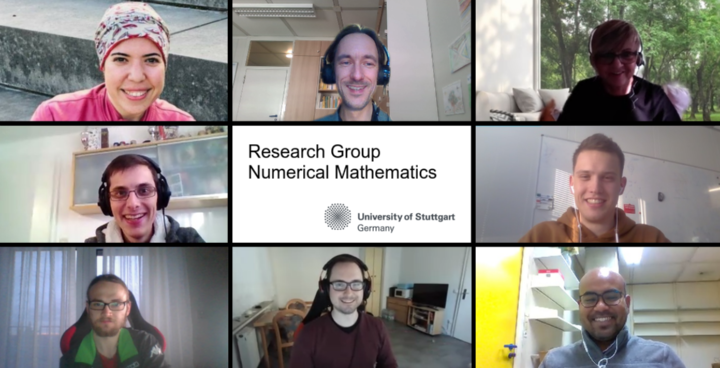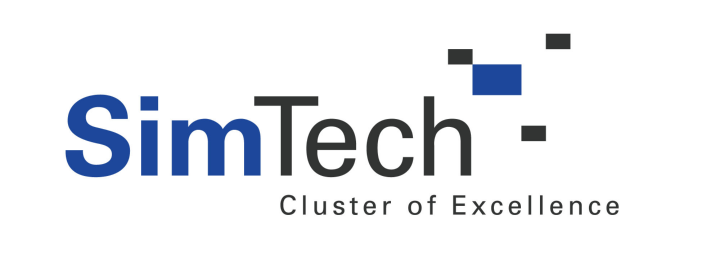How to reach us
In particular we are working on
Reduced basis methods for parametric problems.
Data-based modelling for high-dimensional function approximation, data-analysis, machine learning
Parameter optimization, feedback control, inverse Problems
RBmatlab, KerMor, dune-rb, JaRMoS, CCMOR etc.
(most recent ones) Flow and transport-problems, porous media, heterogeneous domain decomposition problems, biomechanics, elastic multibody systems, soft-tissue-robotics, pervasive computing
Our Networks
March 2021
Contact

Bernard Haasdonk
Prof. Dr.Head of Group Numerical Mathematics

Brit Steiner
Secretary's Office IANS NMH and NM








